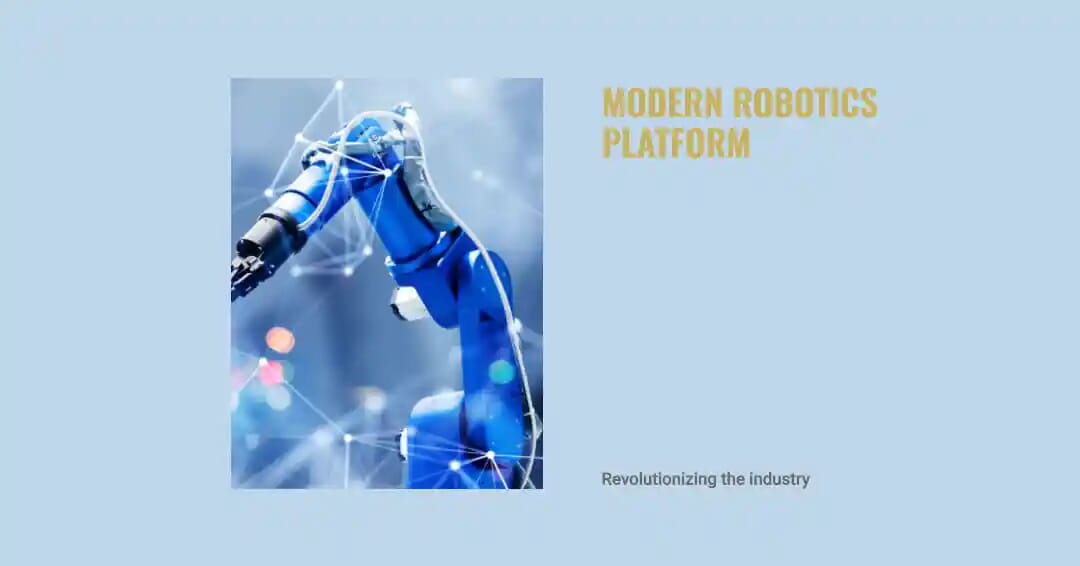The field of robotics has come a long way in recent years, with advancements in technology opening up new possibilities for automation and intelligent machines. However, one aspect that has posed challenges for software engineers is programming robotics software. Traditionally, it has been a specialized field that requires deep expertise and knowledge. In this article, we will explore the concept of a modern robotics platform and how it is transforming the way software engineers develop robotics applications. We will also discuss the role of Unity Software in this context, as well as the vision of VIAM as an operating system for robotics.

The Evolution of Robotics Software
The software industry has witnessed remarkable progress over the years. Companies like Google, Microsoft, and Canonical have developed robust operating systems that provide the foundation for our software applications. These operating systems handle various complexities, making it easier for developers to create innovative solutions. However, when it comes to robotics, there is still a need for a specialized operating system that addresses the unique challenges faced by engineers in the field.
The Challenges in Robotics Software Development
Developing robotics software presents several challenges that are distinct from traditional software development. Robotics applications require real-time responsiveness, integration with various sensors and actuators, and the ability to handle complex algorithms and decision-making processes. Furthermore, scalability and reliability are crucial factors, particularly when deploying robots for commercial purposes. Meeting these requirements demands a software framework that provides a comprehensive set of tools and capabilities tailored specifically for robotics.
The Role of a Modern Robotics Platform
A modern robotics platform aims to bridge the gap between traditional software development and robotics. It provides a comprehensive set of tools, libraries, and frameworks that empower software engineers to build robotics applications efficiently. By abstracting away the complexities of hardware integration, low-level programming, and real-time control, a modern robotics platform allows engineers to focus on developing the core intelligence and functionality of the robots. This not only saves time but also enables faster prototyping, iteration, and deployment.
VIAM: The Operating System for Robotics
VIAM is an ambitious project that aspires to be the operating system for robotics. It aims to provide a unified and standardized platform that simplifies the development, deployment, and management of robots. By offering a wide range of software modules and libraries, VIAM enables software engineers to build production-ready robots that meet their business needs effectively. The platform handles the complexities associated with robot hardware, sensor integration, motion planning, and communication, allowing engineers to focus on designing intelligent behaviors and creating value for their organizations.
The Unity Software Advantage
Unity Software, a leading provider of real-time 3D development platforms, has played a significant role in the evolution of modern robotics. Its powerful engine and extensive toolset enable developers to create highly interactive and immersive experiences, making it an ideal choice for robotics simulation and visualization. With Unity, software engineers can prototype, test, and refine their robotics applications in a virtual environment before deploying them onto physical robots. This reduces development costs, speeds up the iteration process, and enhances the overall quality of the final product.
In conclusion, the advent of modern robotics platforms is transforming the landscape of robotics software development. Software engineer now have access to specialized tools and frameworks that simplify the complexities associated with building robots. VIAM, with its vision of being the operating system for robotics, empowers engineers to turn great ideas into production robots. Additionally, Unity Software provides a powerful platform for robotics simulation and visualization, further enhancing the development process. As the field of robotics continues to evolve, software engineers and platforms like VIAM and Unity Software will play a crucial role in shaping the future of intelligent machines.



